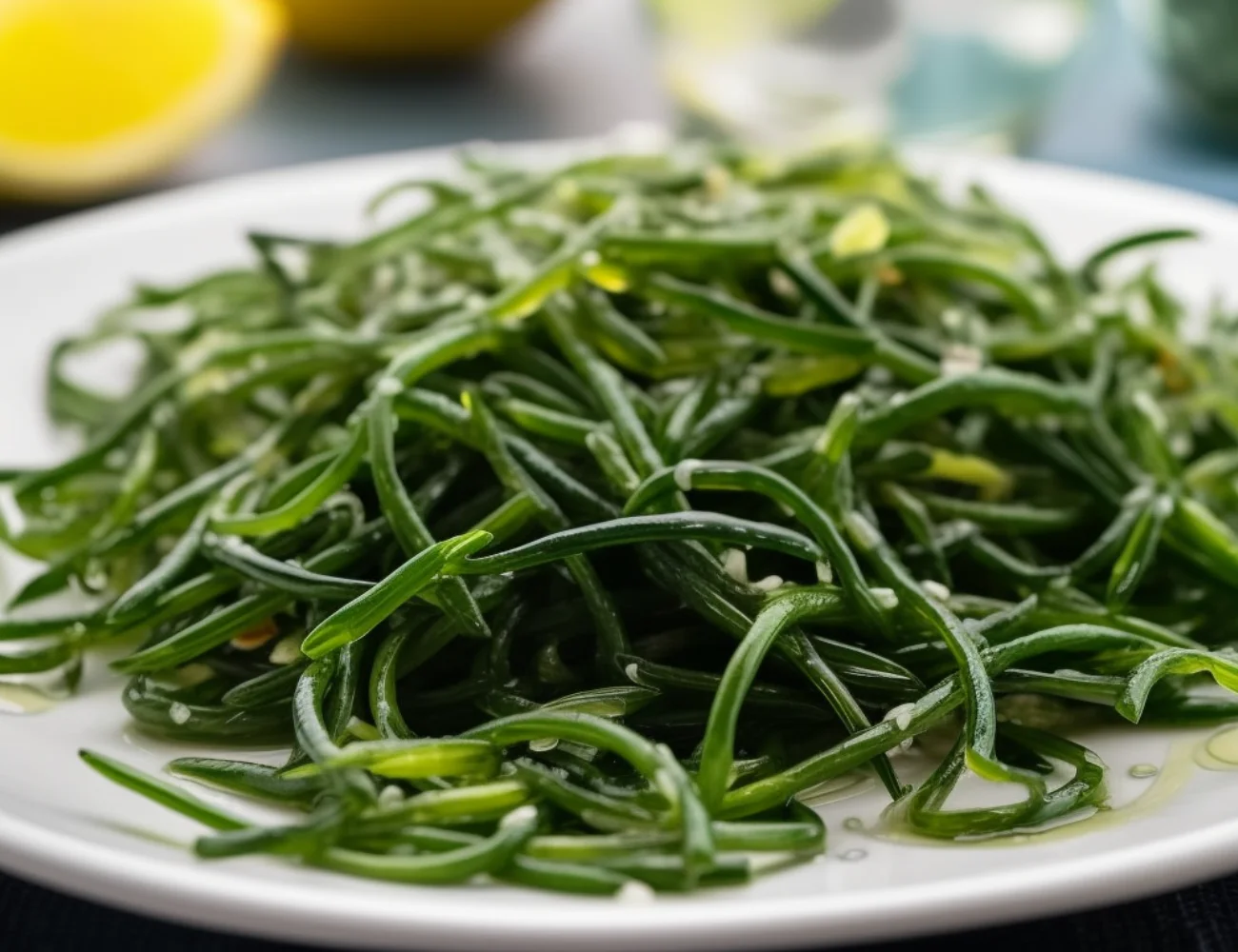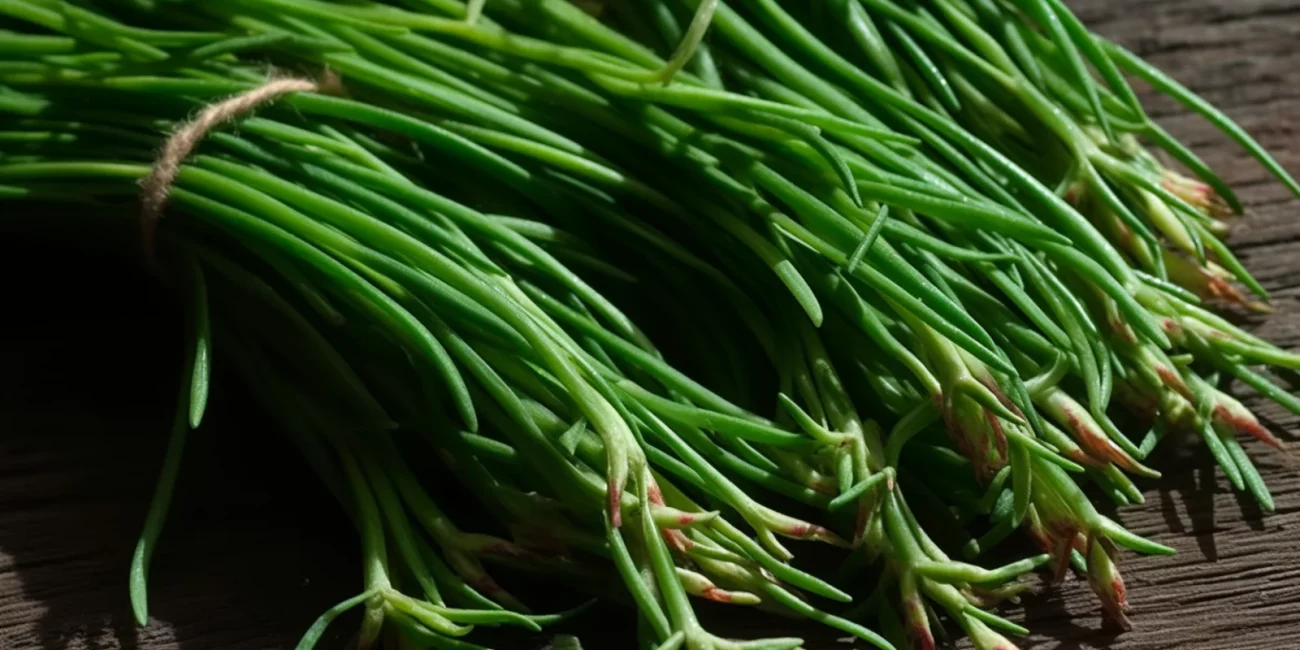In the vast and diverse tapestry of Italian cuisine, there are a few stand-out ingredients that make dishes truly sing, and one such ingredient is agretti (Salsola soda), also known as monk’s beard or saltwort.
What is Agretti?
This vibrant green, succulent plant, native to the Mediterranean basin, is a spring delicacy. Its crisp texture and salty-sweet flavor is a welcome herald of warmer days. This article will take you on a journey through the culinary uses of agretti in Italy, share some delightful agretti recipes, and guide you on where to find this fascinating plant in the United States.
The Italian Affair with Agretti

Italy’s love affair with agretti has a long and storied history. For centuries, Italians have eagerly anticipated the arrival of this unique plant in their local markets, which traditionally occurs in the late winter to early spring. Unlike many other vegetables, agretti is not available year-round, which has elevated its status to that of a culinary treasure.
Agretti’s culinary uses in Italy are as diverse as the country’s regional cuisines. It is often used raw in salads, where its fresh and slightly salty taste complements a variety of ingredients, including tomatoes, olives, and mozzarella. In the regions of Tuscany and Lazio, agretti is frequently used as a side dish, sautéed with garlic and olive oil, or incorporated into pasta dishes with seafood, demonstrating its versatility.
There are many agretti recipes which highlight its unique flavor profile and texture. In Rome, a traditional pasta dish called ‘Spaghetti con gli Agretti’ involves cooking the agretti in garlic-infused olive oil, tossing it with spaghetti, and finishing it off with a sprinkle of Pecorino Romano cheese.
Another popular recipe is ‘Frittata di Agretti,’ a type of Italian omelet where the agretti is sautéed with onions, mixed with beaten eggs, and cooked until firm.
The charm of agretti lies not only in its unique flavor and texture but also in its seasonal nature, which makes its arrival each year a cause for culinary celebration. Whether you’re a seasoned Italian cook or a food enthusiast keen to explore new ingredients, agretti offers a world of culinary potential.
In the United States, finding agretti may require a little effort, but the reward is a taste of Italy’s springtime, a green, succulent bite that transports you to the vibrant markets and rustic kitchens of the Italian countryside. So why not embark on a culinary adventure and explore the delightful world of agretti recipes today? The taste of Italy awaits.
The Art of Cooking Agretti: An Italian Recipe
Before diving into the world of agretti recipes, it’s essential to know how to clean and prepare this succulent plant. Here’s a simple Italian recipe that will guide you through the process.
Clean the agretti by cutting off the roots and rinsing the plant thoroughly under cold running water. This plant grows in sandy soil, so make sure to wash it well to remove all traces of grit. After rinsing, blanch the agretti in a pot of boiling salted water for about 2-3 minutes, until it’s bright green and slightly tender. Don’t overcook it, as it should maintain some of its crunchiness!
Italian Agretti Recipe (Agretti al Limone)
Check out our fresh and easy Italian Agretti recipe!
